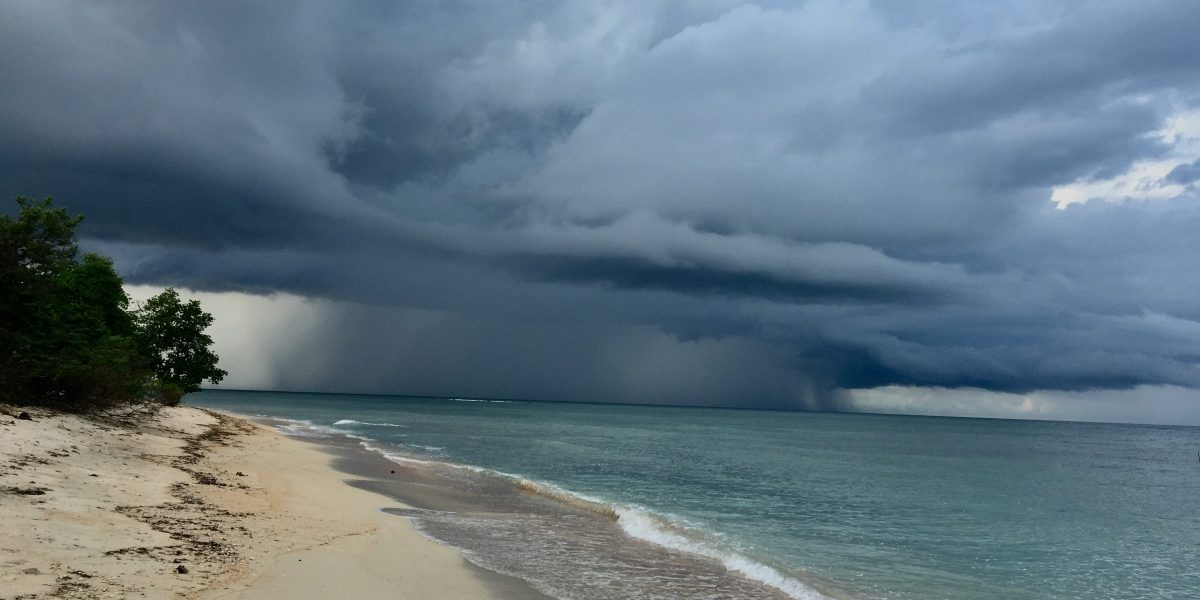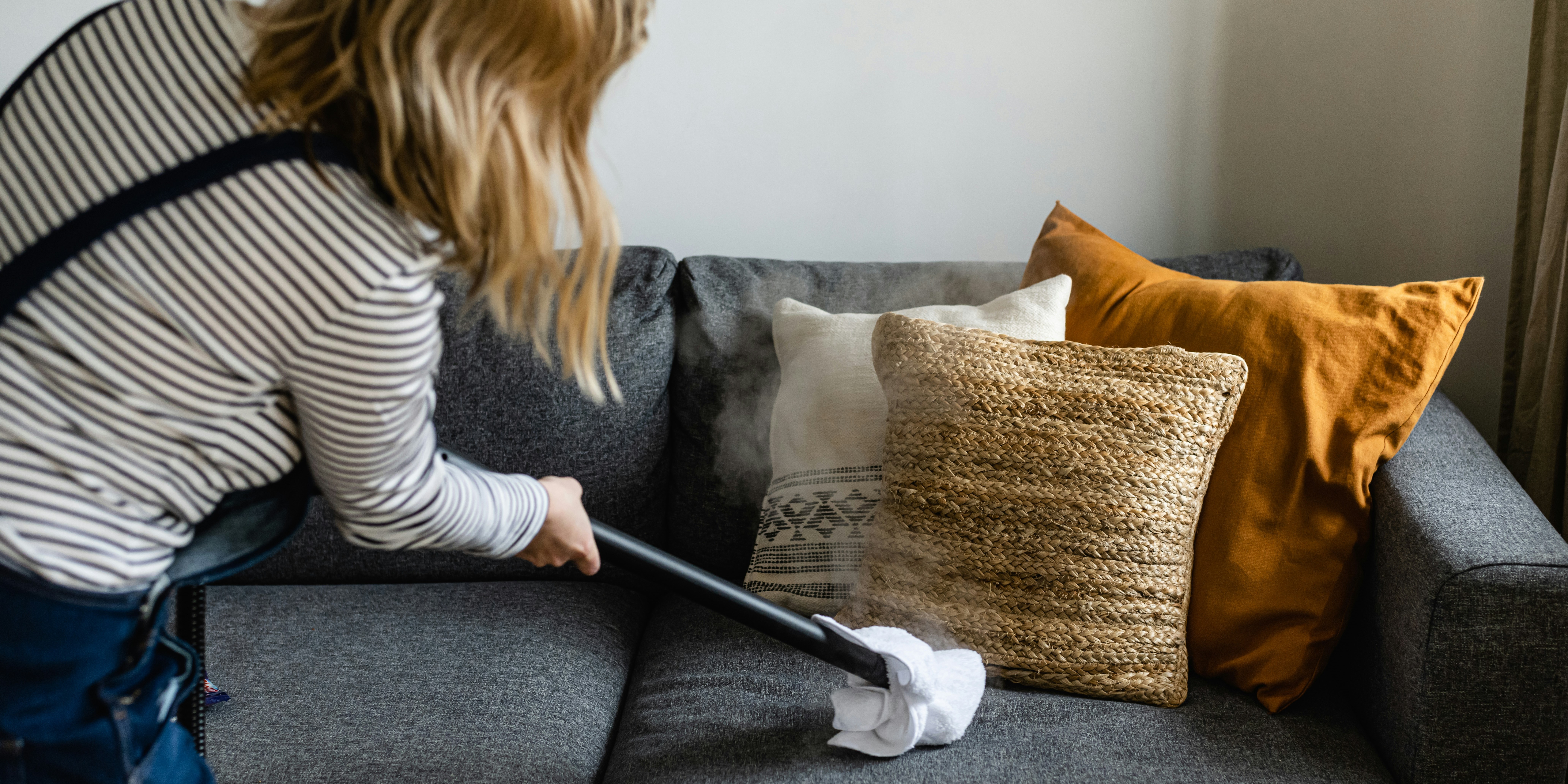As the 2025 Atlantic hurricane season, which spans yearly from June 1 to November 30, progresses, South Florida homeowners in areas like Miami-Dade, Broward, and Palm Beach are preparing for the challenges of heavy rainfall, high winds, and potential flooding. These conditions, combined with the region’s humid subtropical climate, create a favorable environment for mold growth in South Florida, contributing to a rise in demand for expert mold remediation services. With forecasts indicating the potential for an active hurricane season, the need for professional mold remediation has become more pressing than ever. This article explores why these services are becoming more sought after, what homeowners should consider, and how to select the right professionals to help protect their homes from mold-related damage.
Why Mold Remediation Is Increasing in South Florida
South Florida’s warm, humid climate, where humidity levels often remain above 70%, makes it a conducive environment for mold growth, especially after water damage from hurricanes or tropical storms. When water infiltrates homes through roof leaks, flooded basements, or breached windows, mold can start to develop within 24 to 48 hours. The 2025 hurricane season, which is expected to bring multiple named storms and potential major hurricanes, is likely to intensify the need for mold remediation services. Local companies have reported a notable increase in bookings, with a 20-30% rise compared to quieter years, as many homeowners seek timely assistance following early-season storms.
Mold remediation involves more than just removing visible growth—it requires identifying and eliminating mold, drying affected areas, and implementing measures to reduce the likelihood of recurrence. For South Florida homeowners, professional mold remediation services are important to address the unique challenges of the region’s climate and the impact of storm-related water damage.
Key Factors Driving the Demand for Mold Remediation Services
Several factors are contributing to the growing demand for mold remediation services during the 2025 hurricane season:
Frequent and Intense Storms
The 2025 hurricane season is forecasted to be above-average, with early storms already causing significant water damage in South Florida. High winds can cause shingles to be torn off roofs, while heavy rains and storm surges result in flooding in low-lying areas like Miami or Homestead. Even minor leaks can infiltrate walls, attics, or crawlspaces, creating damp conditions ideal for mold. Remediation services are in higher demand to address these concerns promptly, preventing mold from spreading and leading to more extensive damage.
Rapid Mold Growth in Humid Conditions
South Florida’s humidity encourages rapid mold growth, especially in areas with poor ventilation, such as attics or behind drywall. After water damage, mold can thrive on porous materials like wood, insulation, and carpeting, making it difficult for amateur cleanup efforts to be fully effective. Professional remediation companies use advanced tools like HEPA air filtration, negative air pressure systems, and antimicrobial treatments to eliminate mold and restore safe indoor air quality, which fuels demand for their expertise.
Health Risks Associated with Mold Exposure
Mold can pose health risks, particularly for vulnerable groups like children, the elderly, or those with respiratory conditions. Certain molds, such as black mold (Stachybotrys chartarum), which is prevalent in South Florida, can trigger allergies, asthma, or chronic respiratory issues. Homeowners are more likely to seek professional remediation services to protect their families, especially after storms expose homes to prolonged moisture. These health concerns increase the urgency for rapid, professional intervention.
Insurance and Regulatory Requirements
In South Florida, where mold and water damage claims are common during hurricane season, many insurance policies require professional remediation in order to process claims. Florida’s regulations stipulate that mold remediation must be carried out by licensed professionals who hold a Mold-Related Services License from the Department of Business and Professional Regulation (DBPR). Homeowners often rely on remediation companies to provide detailed documentation, including lab results and photos, to support insurance claims, further contributing to the rising demand.
Preventing Costly Structural Damage
Untreated mold can damage building materials, leading to costly repairs. In South Florida’s older homes, which may lack modern moisture barriers, mold can spread rapidly after water damage, compromising drywall, wood framing, and even foundations. Professional remediation services focus on addressing the root cause of mold, such as leaks or poor ventilation, and removing contaminated materials to reduce the likelihood of recurrence. The potential for significant repair expenses encourages homeowners to act quickly, driving the demand for these services.
What to Expect from Professional Mold Remediation Services
Professional mold remediation in South Florida involves a thorough process that takes into account the region’s climate and storm-related challenges:
- Inspections: Certified mold inspectors use moisture meters, thermal imaging, and hygrometers to detect water damage and mold growth, even in hidden areas like attics or behind walls.
- Testing: Air and surface sampling determine the type and concentration of mold, guiding the remediation plan and ensuring compliance with insurance requirements.
- Containment: Negative air pressure and physical barriers help prevent mold spores from spreading during cleanup.
- Removal and Cleanup: Technicians remove contaminated materials, use HEPA vacuums to capture spores, and apply antimicrobial treatments to eliminate mold.
- Restoration: Affected areas are dried, repaired, and restored, with suggestions for preventing future mold growth, such as improving ventilation or using dehumidifiers.
- Post-Remediation Verification: Follow-up testing ensures mold levels are safe, offering homeowners peace of mind.
Choosing the Right Mold Remediation Company in South Florida
With the expected surge in demand for professional mold remediation services during the 2025 hurricane season, choosing a reputable mold remediation company is essential. South Florida homeowners should consider the following factors when selecting a provider:
- Licensing and Certifications: Ensure the company holds a Florida Mold-Related Services License and certifications from recognized organizations like the Institute of Inspection, Cleaning and Restoration Certification (IICRC) or National Organization of Remediators and Mold Inspectors (NORMI).
- Local Expertise: Choose a provider familiar with South Florida’s climate, building styles (e.g., concrete block homes or flat roofs), and water damage from hurricanes.
- Emergency Response: Look for companies offering 24/7 services to address water damage immediately after a storm, minimizing the risk of mold growth.
- Comprehensive Services: Opt for firms that handle inspections, testing, remediation, and restoration to simplify the process.
- Reputation: Check online reviews on platforms like Google or the Better Business Bureau and ask for references from recent clients in South Florida.
- Insurance Support: Make sure the company provides detailed documentation to assist with insurance claims, which is often necessary in the region.
Helpful Tips for South Florida Homeowners
To protect your home during the hurricane season in 2025:
- Prepare Before Storms: Inspect roofs, seal windows, and clear drainage systems to minimize water intrusion risks.
- Act Quickly: Contact a remediation service within 24-48 hours of water damage to help prevent mold growth.
- Control Humidity: Use dehumidifiers to keep indoor humidity levels below 60%, especially after heavy rain.
- Document Damage: Take photos and videos of water damage for insurance purposes and share them with your remediation provider.
- Maintain HVAC Systems: Regularly clean and inspect air conditioning units, as they can harbor mold in humid conditions.
Preparing for Mold Remediation this Hurricane Season
As the 2025 Atlantic hurricane season progresses, South Florida homeowners face increased risks of water damage and mold growth, leading to greater demand for professional mold remediation services across the region. Frequent storms, rapid mold growth, health risks, insurance requirements, and the need to prevent costly damage are all contributing to this trend. By choosing a licensed, experienced, and certified South Florida mold removal company with local market expertise, homeowners in areas like Jupiter, West Palm Beach, Boca Raton, Fort Lauderdale, and beyond can help safeguard their properties and health. Acting promptly after water damage occurs can be key to ensuring that your home remains a safe and healthy haven during the stormy months ahead.









